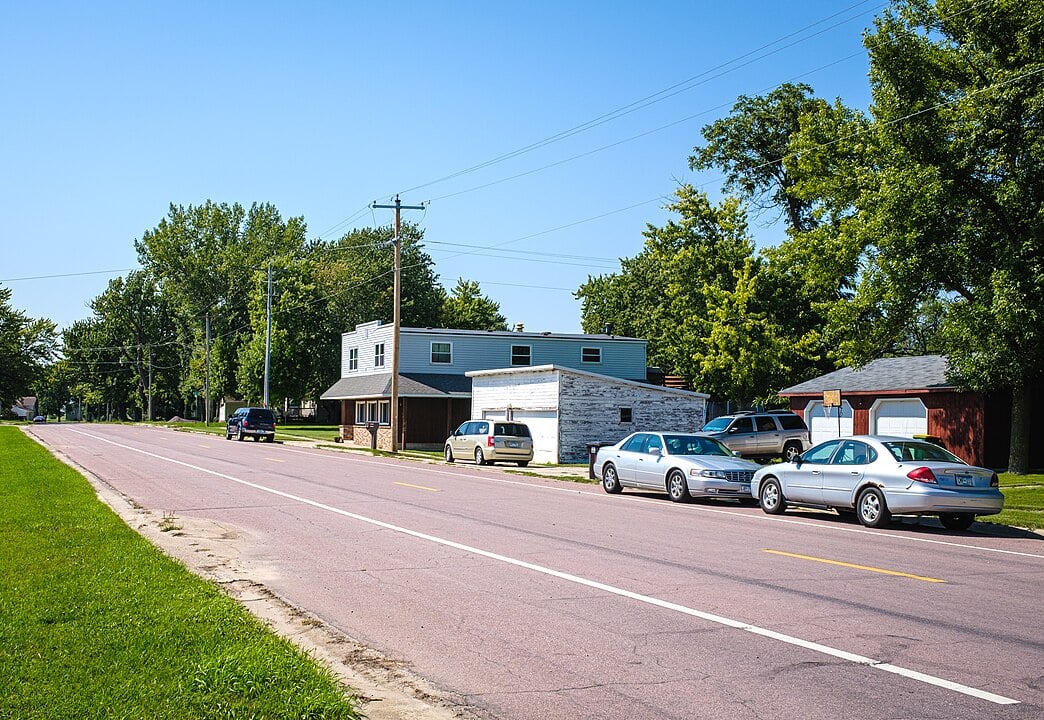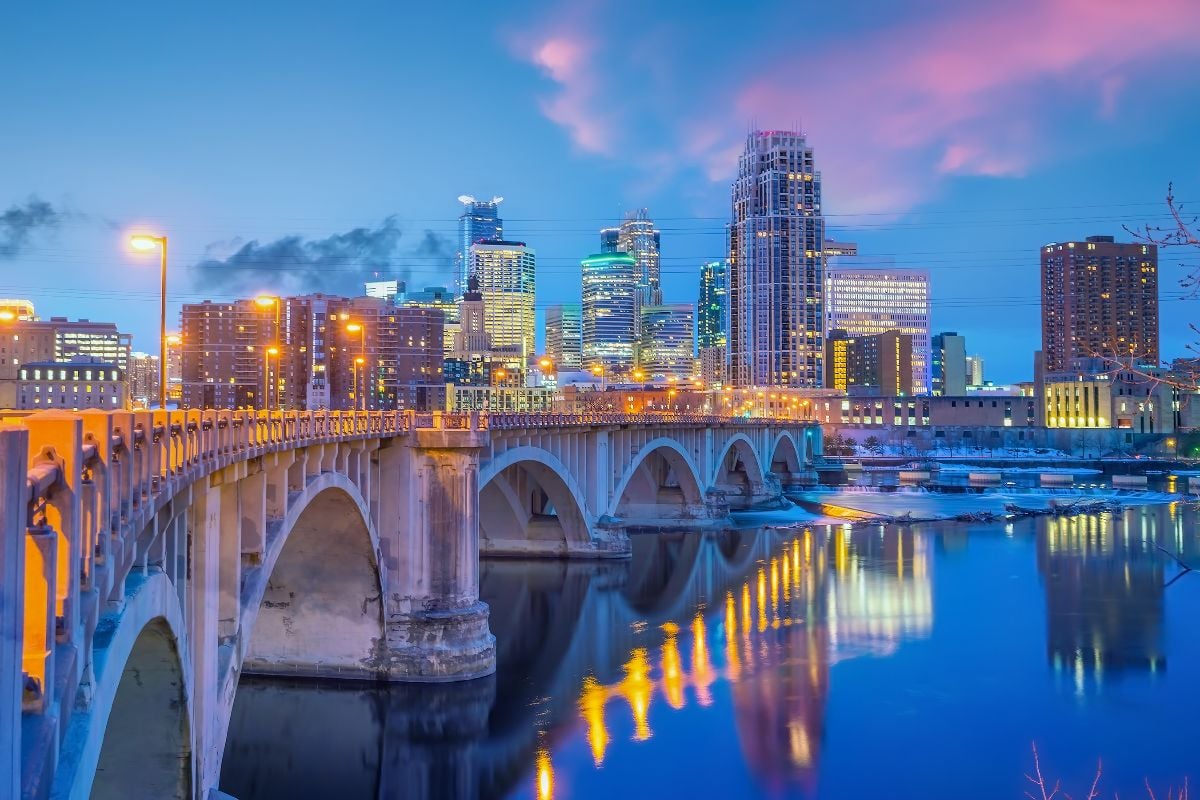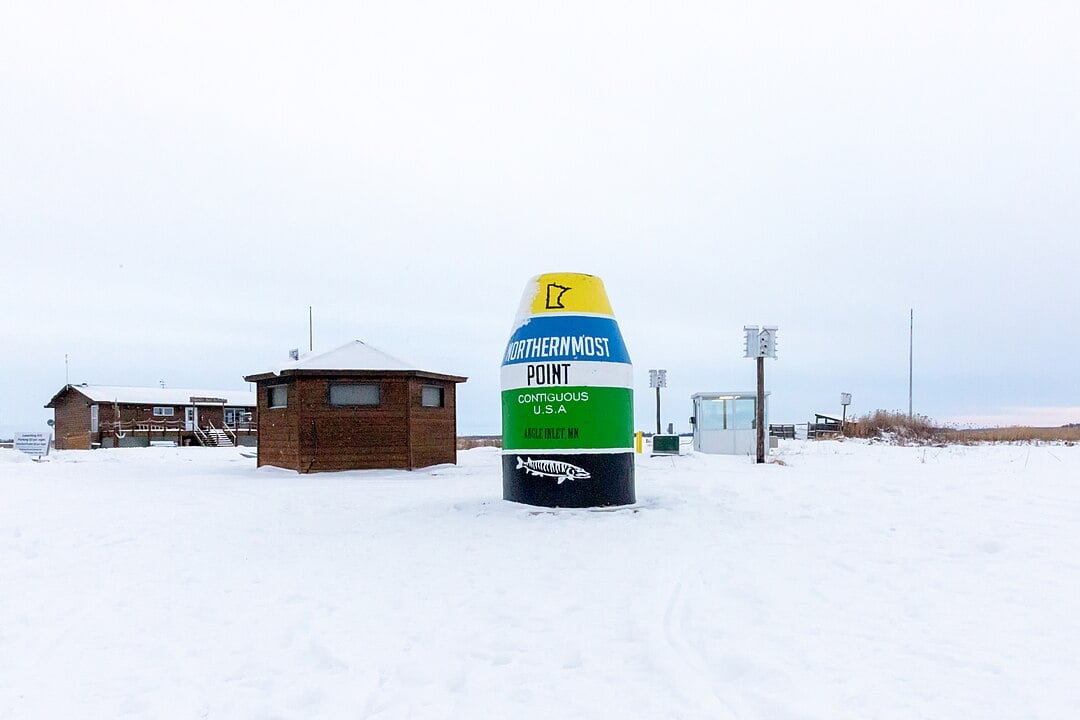
Northeast Minnesota is a part of the state where the land still feels vast and unbroken. Pine forests climb the hills above the North Shore, and inland, chains of clear lakes stretch toward the Canadian border. Here, the water is cold, the air is clean, and the horizon shifts between granite ridges and endless sky. It’s a place that wears its seasons well—brilliant green in summer, crisp and gold in fall, snowbound but bright in winter.
Towns here have grown in step with the terrain. Along Lake Superior, harbors hold fishing boats and kayaks side by side, and old shoreline trails double as scenic walking paths. Inland, settlements gather around lake access points or along quiet stretches of county road, serving as gateways to the Boundary Waters Canoe Area Wilderness, Voyageurs National Park, and the deep interior of the Superior National Forest.
The scale of the landscape shapes daily life. Even in the busiest weeks of summer, there’s room to breathe—space between houses, water between islands, and miles of open road between communities. The lakes and rivers invite paddling and fishing; the ridges and forests offer hiking, wildlife watching, and a kind of quiet that is rare elsewhere.
This list follows 25 towns where that sense of space is part of the identity. Each has its own link to the land and water, but all share the same backdrop: a region where nature isn’t a weekend escape—it’s the setting for everything.
25. Lutsen: Mountain Meets Shore
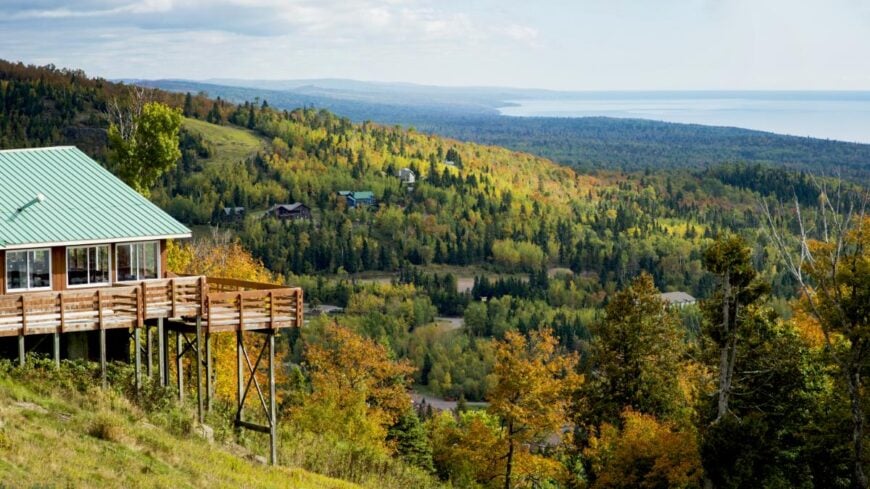
Tucked along the wild sweep of Lake Superior’s North Shore, Lutsen feels like a place just beyond the map. Surrounded by deep boreal forest and far from major highways, it sits in a pocket where the road narrows, the air sharpens, and the lake’s horizon seems endless.
Life moves with the seasons—hushed in winter, alive in summer with hikers tracing the Superior Hiking Trail, paddlers on the Poplar River, and skiers carving the slopes of Lutsen Mountains. You can wander to hidden waterfalls in Cascade River State Park, comb pebble-strewn beaches, or linger over coffee as a silver fog drifts in from the water.
Tourism is the heart of its economy, but the quiet stillness here always feels untouched. Nights are dark enough for the stars to burn bright, and mornings carry the scent of pine and cold water. It’s the kind of place where the edge of the world feels near, and turning back doesn’t seem like an option.
Where is Lutsen?
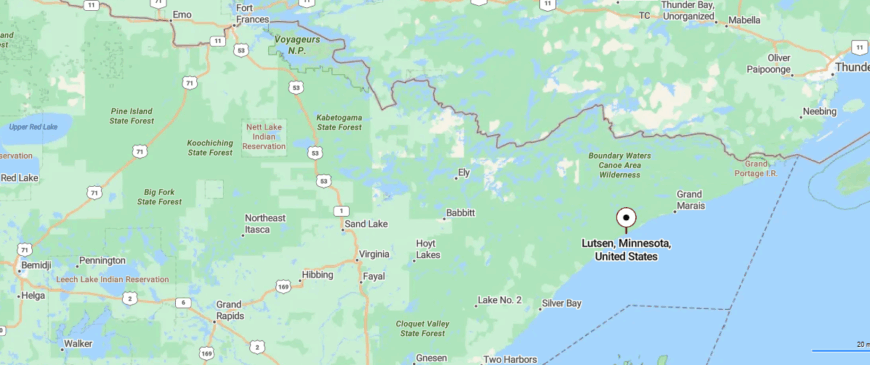
Lutsen is in northeastern Minnesota, along the rugged North Shore of Lake Superior, about 90 miles northeast of Duluth on Minnesota Highway 61. The drive follows the winding shoreline road, with lake views on one side and forested hills on the other.
Its setting between the Sawtooth Mountains and the vast expanse of the lake keeps it sheltered from busier routes. It’s close enough for a weekend escape, yet far enough to feel like the water and woods have claimed it entirely.
24. Grand Portage: At the Edge of the Border
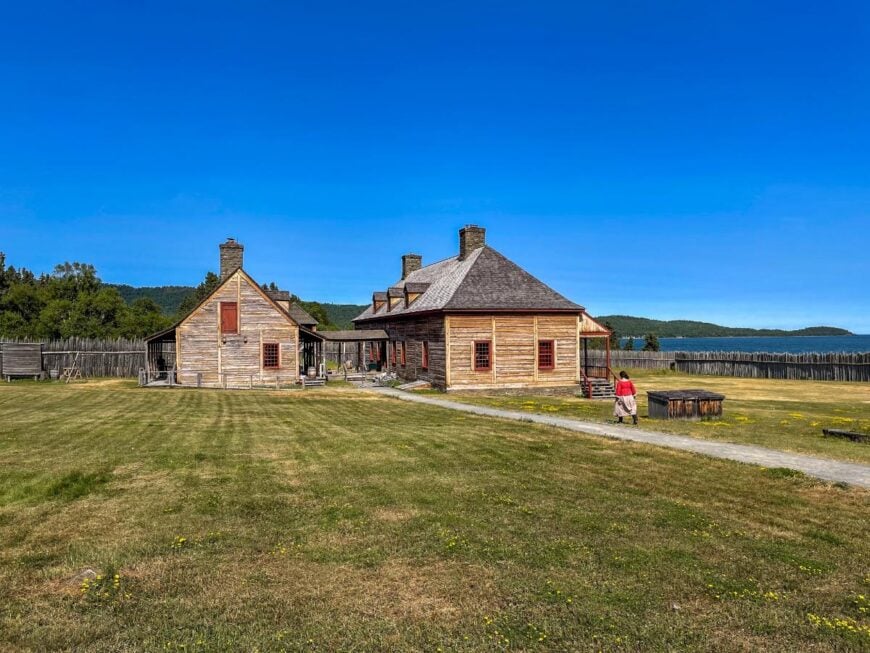
Perched at the far northeastern tip of Minnesota, Grand Portage feels as though it rests at the end of the road—because it nearly does. Bordered by the vast expanse of Lake Superior on one side and thick boreal forest on the other, it’s separated from the rest of the state by miles of winding, two-lane highway.
The town’s heartbeat is slow and steady, shaped by the traditions of the Grand Portage Ojibwe and the rhythms of the seasons. Visitors come to walk the historic portage trail once used by voyageurs, hike to the thunderous High Falls in Grand Portage State Park, or cross the water to Isle Royale National Park.
Fishing, tourism, and heritage preservation anchor local life, but the wilderness always takes center stage. The air carries the scent of cedar and lake spray, and the horizon feels endless. It’s the kind of place where history and nature meet, and where the quiet seems to stretch as far as the water’s edge.
Where is Grand Portage?
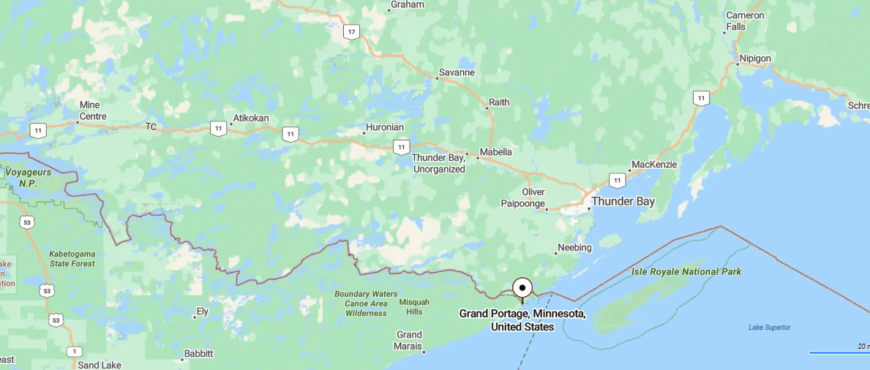
Grand Portage sits at Minnesota’s far northeastern tip, just 5 miles south of the Canadian border and about 40 miles northeast of Grand Marais along Minnesota Highway 61. The route there hugs the Lake Superior shoreline, winding past dense forests and rocky outcrops.
Its remote position, beyond the last major town on the North Shore, gives it a sense of being at the edge of the map. It’s a place where the road ends in quiet waters and endless horizon.
23. Ely: Wilderness Gateway
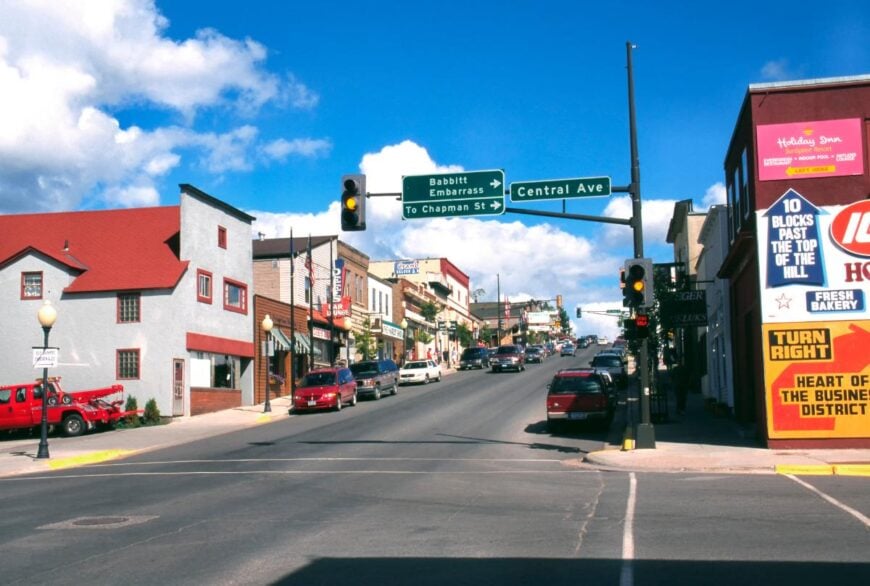
In the far reaches of Minnesota’s Arrowhead Region, Ely sits like a quiet threshold to the wild. Surrounded by the Boundary Waters Canoe Area Wilderness, it lies far from major highways, embraced by endless forest, deep lakes, and granite ridges.
The town blends its history as a logging outpost with a present-day identity as both an artist’s retreat and an adventurer’s base camp. Mornings might begin with a paddle through misty waters, a hike beneath towering pines, or a visit to the International Wolf Center.
Small shops and outfitters line the streets, catering to travelers heading deeper into the backcountry. Tourism fuels the economy, but the call of the wilderness shapes its soul. Nights here are so dark the stars seem close enough to touch, and the silence lingers long after you’ve gone.
Where is Ely?
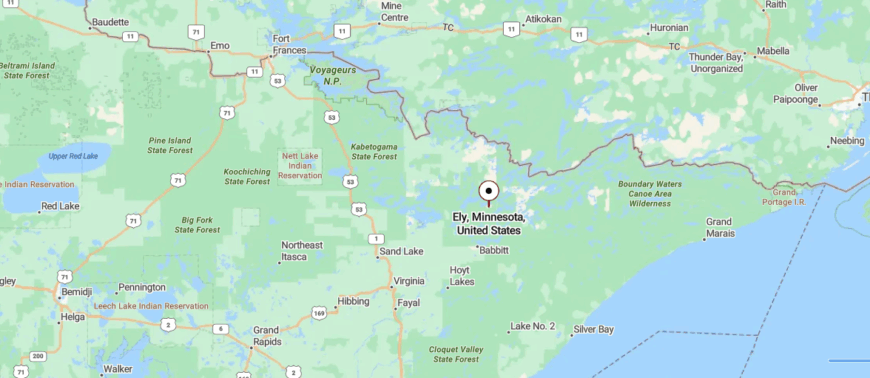
Ely is in northeastern Minnesota, about 110 miles north of Duluth and just west of the Boundary Waters Canoe Area Wilderness. You reach it via scenic highways that cut through forested terrain and skirt countless lakes.
Its location at the end of the road for many travelers gives it a gateway-to-the-wild feeling, far from urban noise. It’s close enough to find, but far enough that the wilderness begins the moment you arrive.
22. Schroeder: Small-Town Seclusion
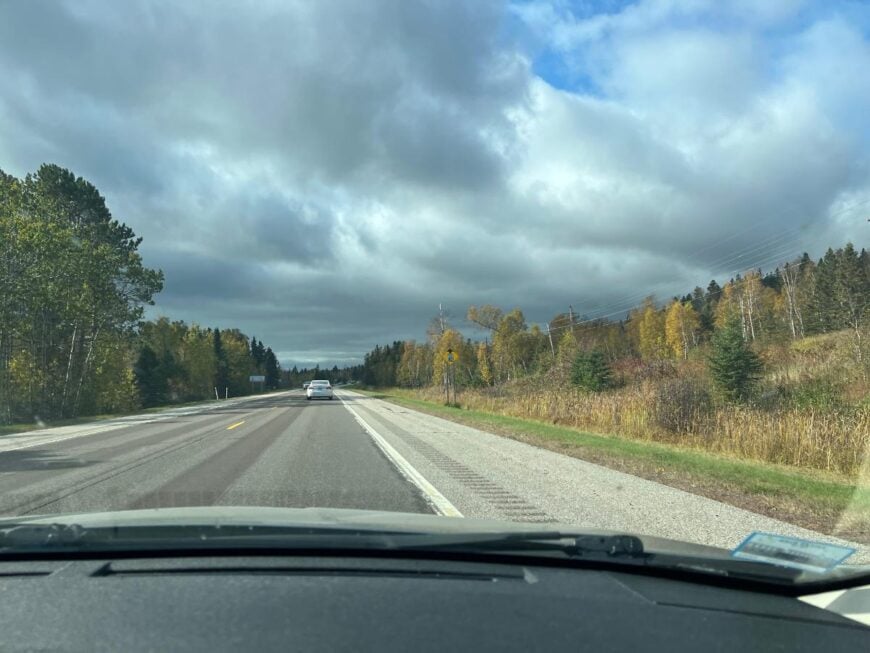
Along a quiet stretch of Lake Superior’s North Shore, Schroeder feels more like a pause in the road than a destination—and that’s part of its charm. Surrounded by forested ridges and the endless lake horizon, it’s far from big towns and tucked between state parks and wild shoreline.
The vibe is unhurried, with the sound of waves mixing with the scent of pine and woodsmoke. Visitors stop to explore Temperance River State Park, wander rocky beaches, or browse the Cross River Heritage Center for a glimpse into the area’s logging and fishing past.
A handful of small businesses serve both locals and travelers, with tourism and seasonal work keeping the community afloat. Even on busy summer days, it never loses its quiet, off-the-map feel. It’s the kind of place where you linger longer than planned, just to watch the light shift across the water.
Where is Schroeder?
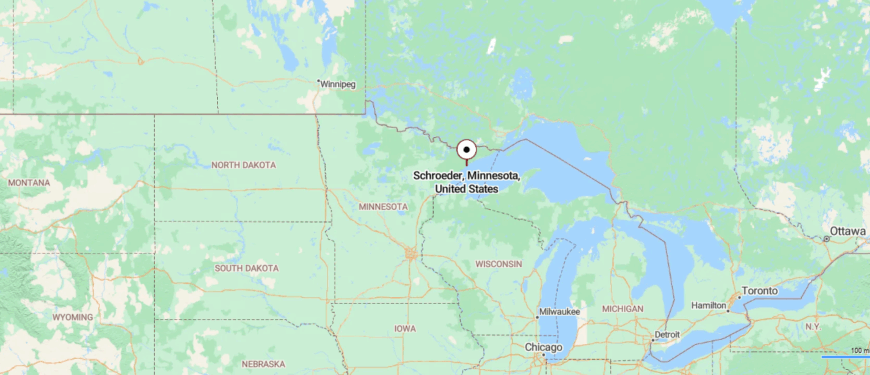
Schroeder lies on Minnesota’s North Shore of Lake Superior, about 80 miles northeast of Duluth along Minnesota Highway 61. The drive there follows the winding shoreline, with the lake on one side and forested ridges on the other.
Its small size and placement between larger towns make it feel tucked away, even on a well-traveled route. It’s close enough to pass through, yet far enough to feel like the lake and woods have you to yourself.
21. Babbitt: A Quiet Mining Town
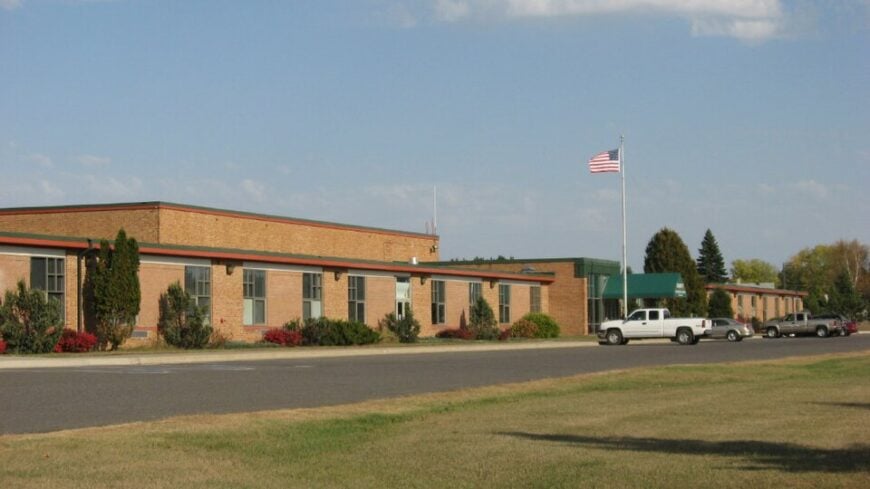
Set deep in Minnesota’s Iron Range, Babbitt sits far from major highways, surrounded by forest, lakes, and stretches of open sky. Originally built as a mining town, it still carries the steady rhythm of working life, though tourism and outdoor recreation have grown into its modern identity.
The pace is unhurried—mornings might mean casting a line into Birch Lake, exploring ATV trails through the woods, or joining a community gathering at the park. Winters bring snowmobilers and ice fishers, while summer draws campers and paddlers heading toward the Boundary Waters.
The town’s small businesses and close-knit spirit reflect its self-reliant roots. On quiet evenings, the air smells faintly of pine and campfire, and the horizon feels wide and untamed. It’s the kind of place where the wilderness begins at your doorstep, and the outside world feels far away.
Where is Babbitt?
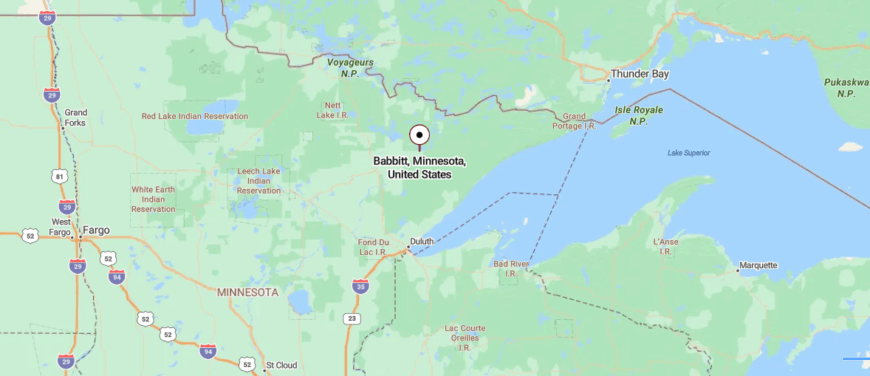
Babbitt is located in northeastern Minnesota, about 115 miles north of Duluth and 20 miles southeast of Ely. The approach follows quiet state highways that wind through forest and past remote lakes.
Its setting on the edge of the Superior National Forest keeps it peaceful and far from busy travel corridors. It’s close enough for supplies in town, yet far enough that the silence of the woods is never broken.
20. Silver Bay: Hidden in Plain Sight
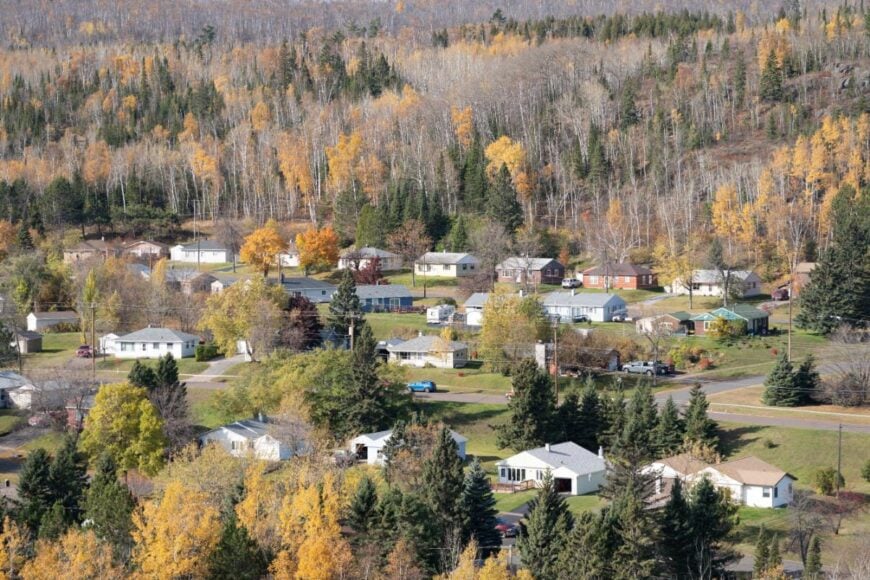
Carved into the cliffs along Lake Superior’s North Shore, Silver Bay feels both anchored to the water and sheltered by the surrounding hills. Once a bustling taconite processing town, it has shifted toward tourism while still holding onto its working roots.
The lake’s presence shapes daily life, from the crash of waves against Black Beach’s dark sand to the sweeping views from Palisade Head. Visitors hike trails through Tettegouche State Park, launch kayaks into cold, clear water, or wander the marina at dawn when the air smells of fish and pine.
Small shops and cafés serve locals and travelers alike, but the wild scenery always takes center stage. Even in summer’s busiest weeks, the expanse of lake and forest keeps things feeling open and untamed. It’s the kind of place where the horizon seems endless, and the water’s pull is impossible to ignore.
Where is Silver Bay?
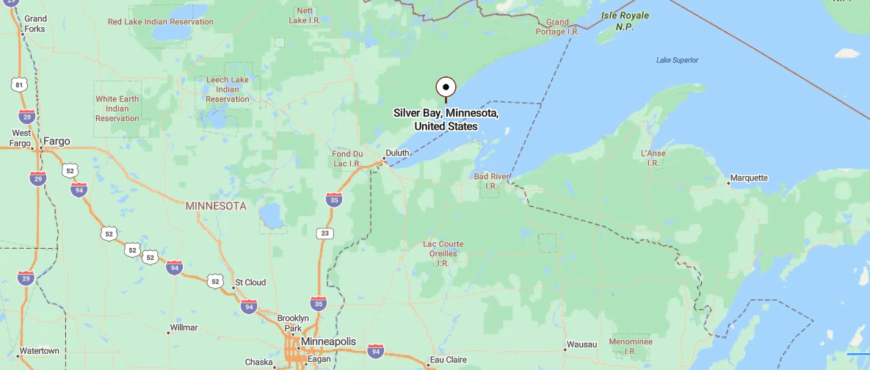
Silver Bay sits on Minnesota’s North Shore of Lake Superior, about 55 miles northeast of Duluth along Minnesota Highway 61. The drive there hugs the lake’s edge, passing rocky cliffs and dense forest before reaching the small harbor town.
Its position between the water and the hills gives it a sheltered, tucked-away feel. It’s easy to reach, yet far enough that the lake’s vastness seems to quiet everything around you.
19. Cook: Lakeside Simplicity
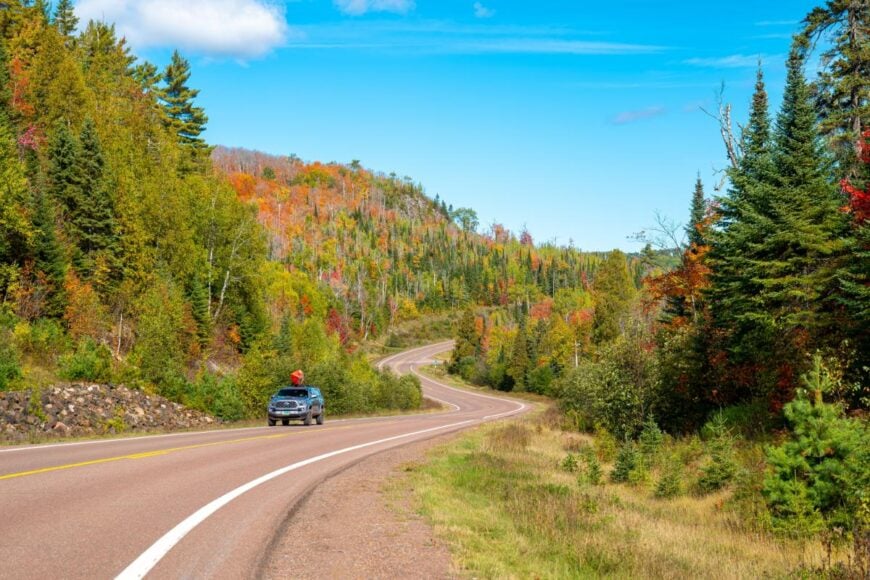
North of Minnesota’s Iron Range, Cook feels like a gateway to a quieter, wilder world. Surrounded by dense forest and hundreds of hidden lakes, it sits miles from major highways, where life follows the pace of the seasons.
The town blends its roots in logging and small-scale commerce with a steady flow of anglers, paddlers, and cabin-goers bound for Lake Vermilion and beyond. Days might be spent fishing in glassy coves, exploring winding backroads, or stopping by a local diner where everyone seems to know each other’s name.
Tourism and outdoor recreation keep the economy steady, but the wilderness remains its defining presence. Nights bring skies alive with stars, and the air carries the cool scent of pine and water. It’s the kind of place where the edges between town and nature fade until you can’t tell where one ends and the other begins.
Where is Cook?
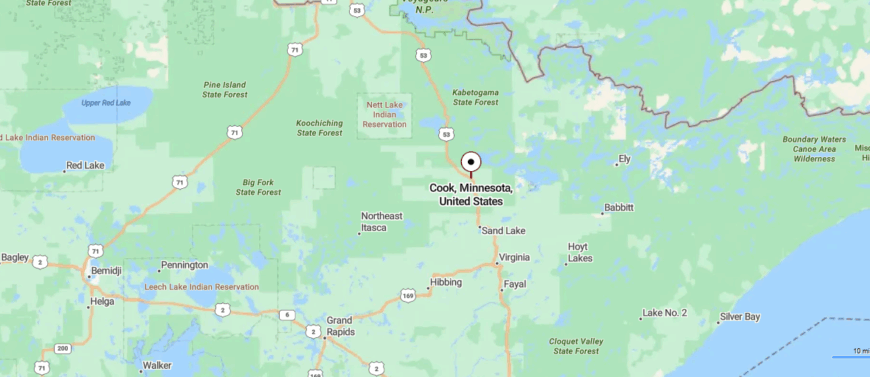
Cook is in northeastern Minnesota, about 90 miles north of Duluth and 25 miles west of Lake Vermilion. You reach it by way of state highways that wind through forest and pass by quiet lakes and streams.
Its distance from major cities and placement amid wooded terrain give it a calm, removed atmosphere. It’s close enough for a supply run, yet far enough that the wilderness always feels just outside your door.
18. Tower: History in the Pines
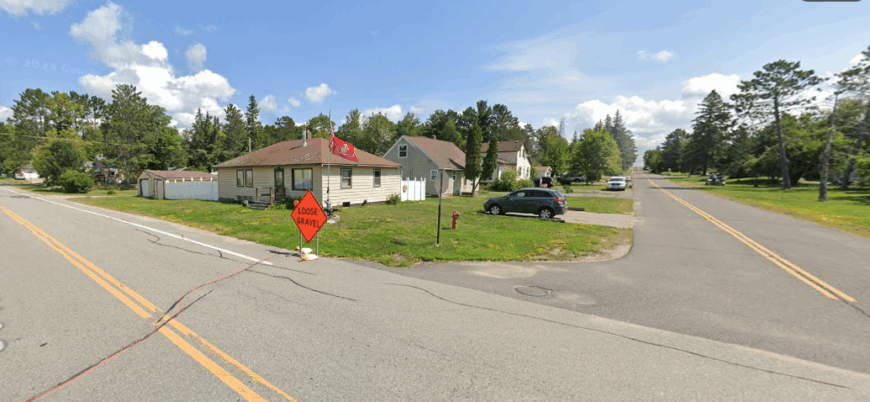
Set on the shore of Lake Vermilion, Tower feels like a small harbor town tucked deep in Minnesota’s North Woods. Far from major highways, it’s surrounded by pine forest, winding waterways, and the quiet expanse of the Iron Range.
Once a bustling hub for mining and shipping, it now thrives on tourism, welcoming boaters, anglers, and travelers heading toward the Boundary Waters Canoe Area Wilderness. Visitors might climb the historic fire tower for sweeping views, wander the harbor, or spend the day fishing in the lake’s island-studded waters.
Local shops and cafés give the town a warm, close-knit feel, even to newcomers. In winter, snowmobiles hum across frozen trails; in summer, sunsets spill gold across the docks. It’s the kind of place where the water sets the rhythm, and time slows to match it.
Where is Tower?
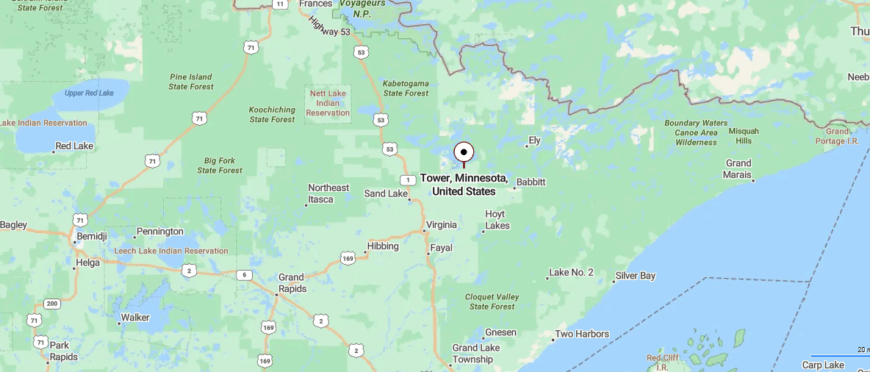
Tower is located in northeastern Minnesota, about 85 miles north of Duluth and set along the southern shore of Lake Vermilion. The drive in follows state highways that cut through dense forest and skirt the lake’s winding shoreline.
Its position near the Boundary Waters keeps it peaceful and far from busy routes. It’s close enough to reach in a few hours, yet far enough to feel wrapped in water and woods.
17. Winton: Just Beyond the Map
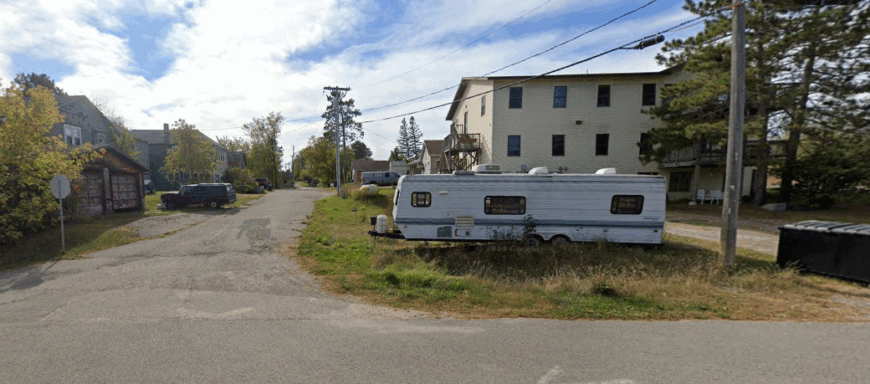
Just a few miles from Ely, Winton feels more like a quiet bend in the road than a town, surrounded by pine forest and the still waters of Fall Lake. Its small size and tucked-away location make it a natural gateway to the Boundary Waters Canoe Area Wilderness, where portage trails and glassy lakes begin just beyond the edge of town.
Once tied closely to logging, Winton now lives at the pace of paddlers, anglers, and cabin owners who return season after season. Days might be spent launching a canoe at sunrise, fishing in hidden coves, or swapping stories at the local tavern.
Tourism and seasonal work keep the community moving, but its character remains rooted in the wild landscape. The nights here are dark and quiet enough to hear the wind in the trees and the call of loons across the water. It’s the kind of place where the wilderness doesn’t just surround you—it feels like it claims you.
Where is Winton?
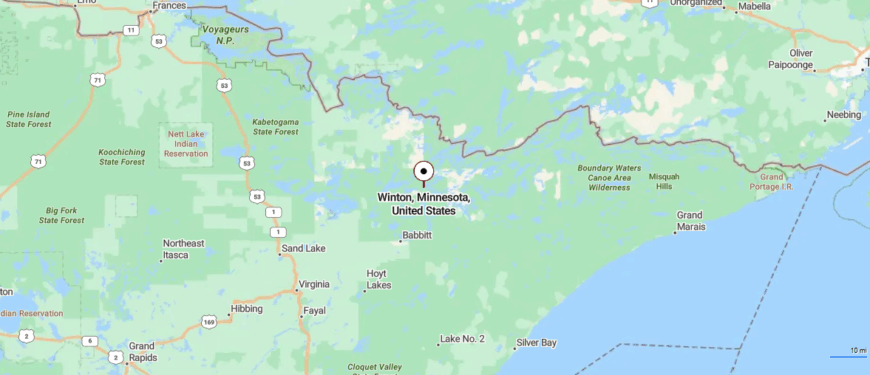
Winton sits in northeastern Minnesota, just 3 miles northeast of Ely and about 115 miles north of Duluth. You reach it by following forested highways into Ely, then continuing along a short local road bordered by trees and glimpses of nearby lakes.
Its location at the edge of the Boundary Waters Canoe Area Wilderness keeps it quiet and tucked away from main travel routes. It’s close enough to town for convenience, yet far enough to feel like the wilderness begins right at your doorstep.
16. Orr: Northern Outpost
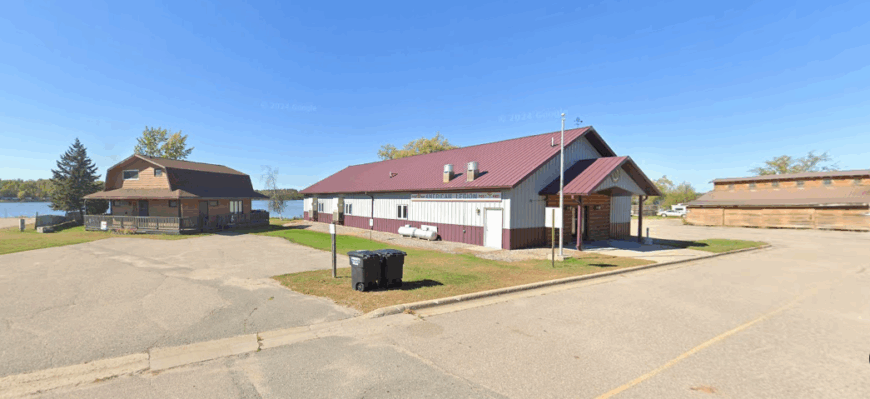
On the western edge of Pelican Lake, Orr sits far from the rush of major roads, wrapped in forest and water that seem to stretch without end. The town’s size is small, but it serves as a quiet launch point for anglers, paddlers, and wildlife watchers exploring northern Minnesota’s lake country.
Once rooted in logging and trapping, it now leans on tourism, drawing visitors to fish Pelican’s sprawling bays, spot bears at the Vince Shute Wildlife Sanctuary, or wander through nearby state forests. Life here moves at the pace of the seasons—boats in summer, snowmobiles in winter, and crisp stillness in between.
A handful of shops and cafés meet daily needs, but the wilderness always takes the lead role. Evenings bring skies painted in northern light and the sound of loons carrying across the water. It’s the kind of place where the map fades into green and blue, and you realize you’ve left the busy world behind.
Where is Orr?
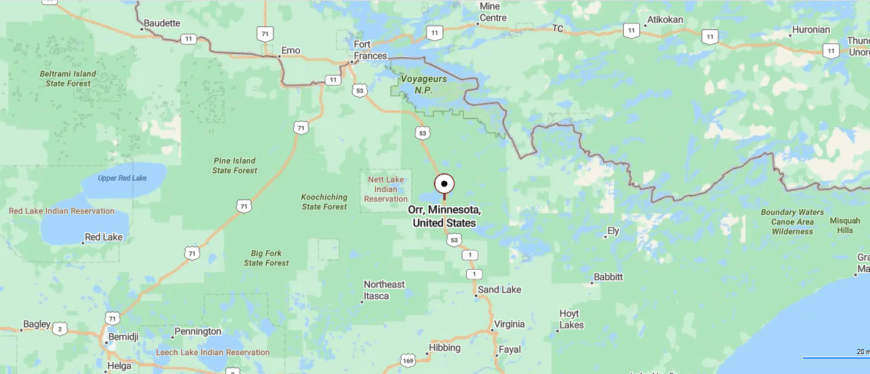
Orr is in northeastern Minnesota, about 100 miles north of Duluth along U.S. Highway 53. The drive passes through long stretches of forest and occasional lake views, with few signs of larger towns along the way.
Its location deep in the North Woods and far from major urban areas gives it a calm, remote atmosphere. It’s close enough for a steady road trip, yet far enough that the wilderness feels all-encompassing when you arrive.
15. Colvill: Hidden on the Shore
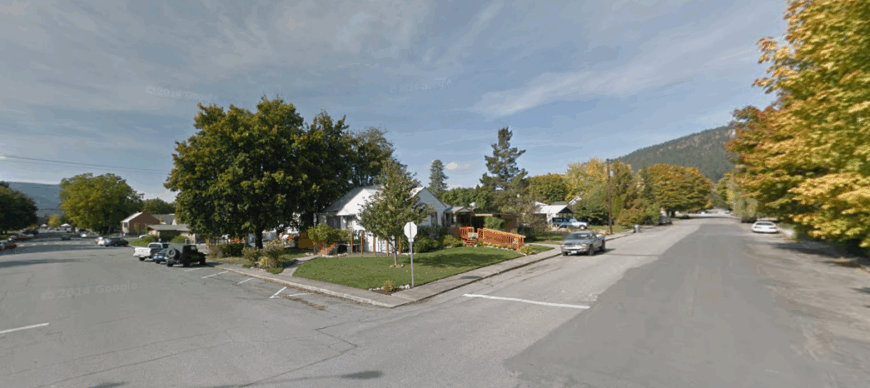
Along a quiet stretch of Highway 61, Colvill feels more like a hidden pause between larger North Shore towns than a destination in itself. With Lake Superior on one side and thick forest on the other, it’s the kind of place you could pass in moments—unless you know to stop.
The air is cool and damp from the lake, carrying the scent of pine and the faint sound of waves against the rocky shore. Visitors come for Colvill Park’s lakeside views, picnic spots, and access to nearby hiking trails that weave through the woods.
There’s no bustling main street here, just a scattering of homes and the steady presence of the water. Life moves quietly, shaped by the rhythm of the lake and the passing seasons. It’s the kind of place where the stillness settles in, and you start to notice the small, beautiful details you might have missed before.
Where is Colvill?
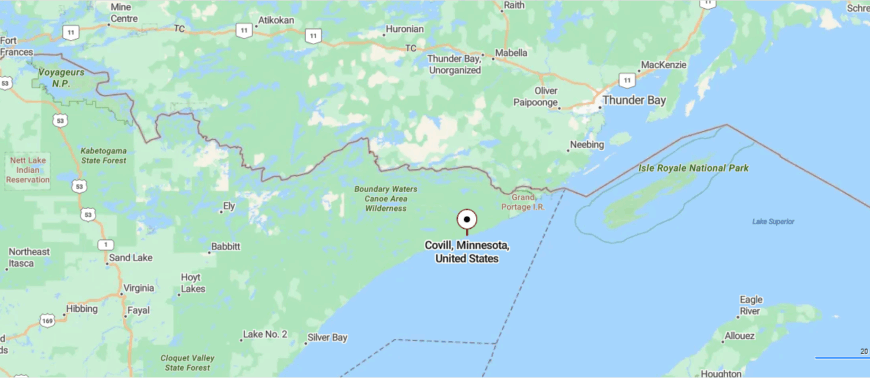
Colvill is located in far northeastern Minnesota, about 15 miles northeast of Grand Marais along Minnesota Highway 61. The journey follows the Lake Superior shoreline, with sweeping water views on one side and forested cliffs on the other.
Its small size and placement between larger towns give it a quiet, hidden-away feel. It’s close enough to pass through on the way north, yet far enough that it feels claimed by the lake and woods.
14. Skibo: Off-the-Grid Living
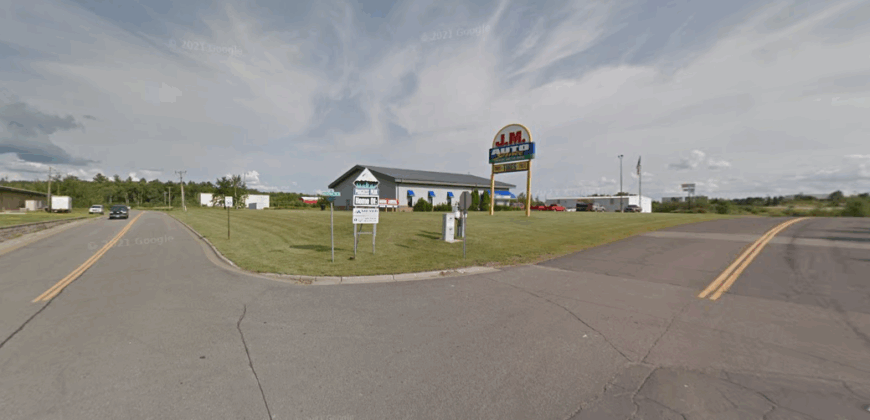
Hidden in the Superior National Forest, Skibo is less a town than a small, scattered community surrounded by miles of trees, lakes, and winding gravel roads. Far from major highways and services, it feels completely off the grid, where the hum of the forest replaces the noise of daily life.
Once tied to mining and logging, it now draws those seeking solitude—paddlers heading toward the Kawishiwi River, hikers exploring remote trails, or cabin owners who return for the peace. There are no busy shops or tourist strips here, just the sound of wind in the pines and the occasional call of a loon.
Winters are long and still, summers bright and alive with wildlife. The people who live here adapt to the land’s rhythm, not the other way around. It’s the kind of place where the wilderness doesn’t just surround you—it defines you.
Where is Skibo?
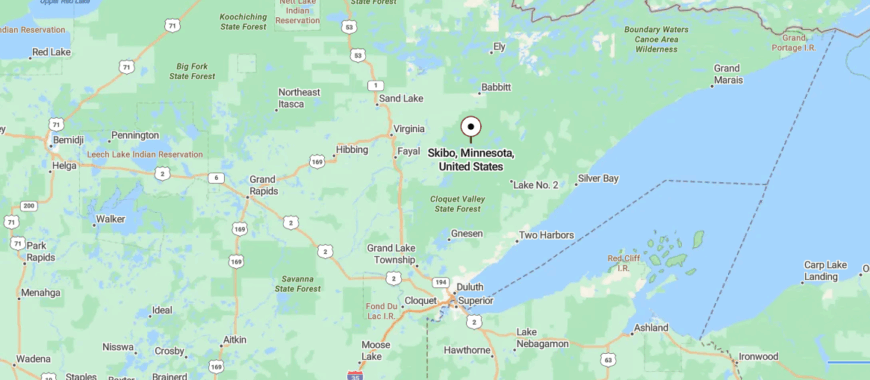
Skibo lies in northeastern Minnesota, about 20 miles southeast of Ely and 115 miles north of Duluth. You reach it by following winding county roads through dense forest and past scattered lakes.
Its remote position within the Superior National Forest keeps it far from main travel routes and surrounded by wilderness. It’s close enough for a day’s outing, yet far enough to feel like you’ve stepped into another world entirely.
13. Brimson: Pines and Quiet Roads
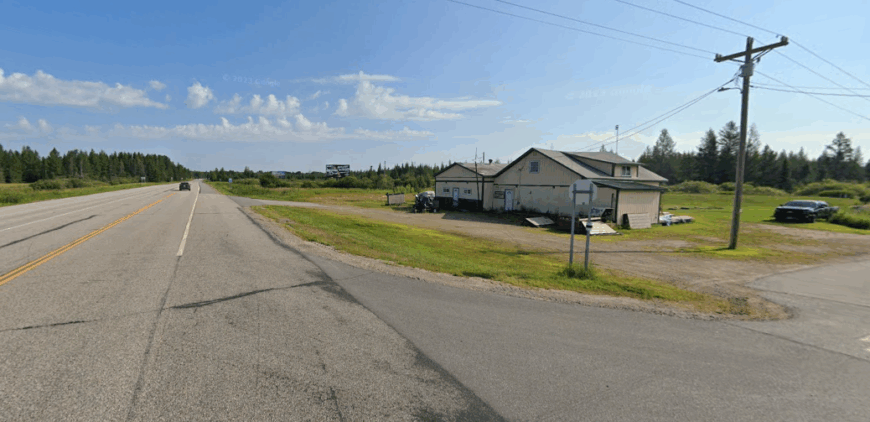
Tucked in the backroads between the North Shore and the Iron Range, Brimson feels like a place the map almost forgot. Surrounded by the thick expanse of the Superior National Forest, it’s miles from the nearest town and far from the pull of major highways.
Once sustained by logging, it now draws those seeking a slower, self-reliant way of life—homesteaders, cabin owners, and outdoor travelers passing through on their way to nearby trails and lakes. Days here might be spent fishing quiet waters, foraging in the woods, or simply listening to the wind move through the pines.
With only a handful of businesses and no sense of rush, it’s a community where neighbors know each other by name. Nights are dark enough for stargazing and quiet enough to hear the distant call of an owl. It’s the kind of place where time stretches, and the wilderness feels like home.
Where is Brimson?
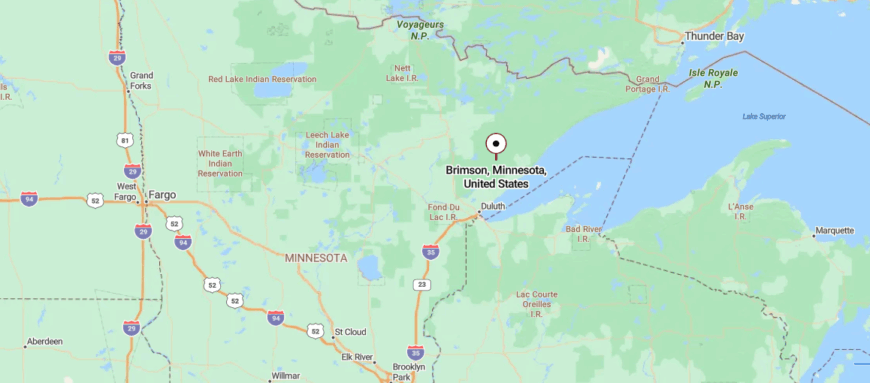
Brimson is in northeastern Minnesota, about 50 miles north of Duluth and deep within the Superior National Forest. The drive in follows quiet county roads that narrow beneath tall pines and wind past secluded lakes.
Its distance from larger towns and absence of major highways give it a true backwoods atmosphere. It’s close enough to reach in under an hour, yet far enough to feel entirely off the beaten path.
12. Toimi: A Step Back in Time
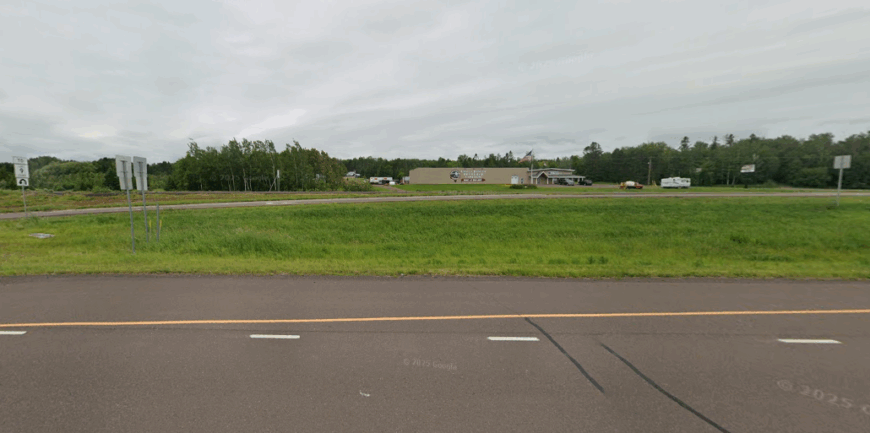
Down a quiet stretch of forest road, Toimi sits deep in the woods between the North Shore and the Iron Range, far from any major town. Surrounded by the Superior National Forest, it feels more like a hidden clearing than a community, with scattered homes, old logging roads, and lakes tucked out of sight.
Once a Finnish farming settlement, its history lingers in a few weathered buildings and family homesteads. Today, life here moves with the seasons—snowmobiles and woodstoves in winter, fishing and berry picking in summer.
There are no bustling streets or tourist stops, just the quiet rhythm of nature and the people who’ve learned to live alongside it. The air smells of pine and earth, and nights are still enough to hear the rustle of wildlife in the dark. It’s the kind of place where the world feels distant, and the forest feels endless.
Where is Toimi?
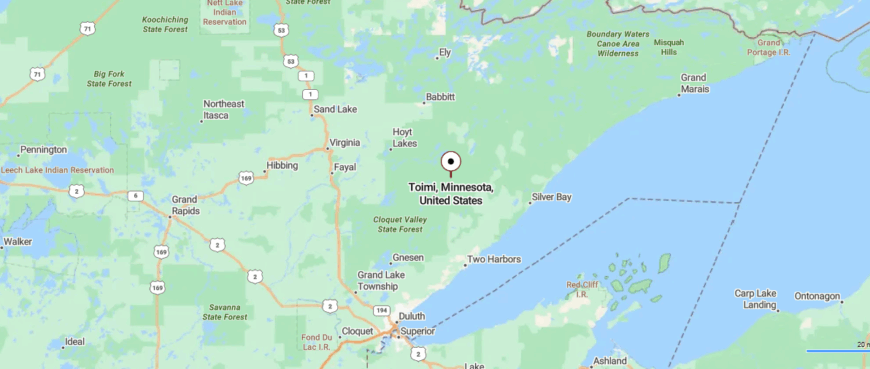
Toimi is located in northeastern Minnesota, about 60 miles north of Duluth and 25 miles south of Finland along Minnesota Highway 1. The approach follows a quiet, tree-lined road that winds through forest and past small homesteads.
Its rural setting and distance from larger towns keep it peaceful and largely untouched by heavy traffic. It’s close enough for a half-day trip, yet far enough to feel like the woods have fully embraced it.
11. Knife River: Fishing Village Calm
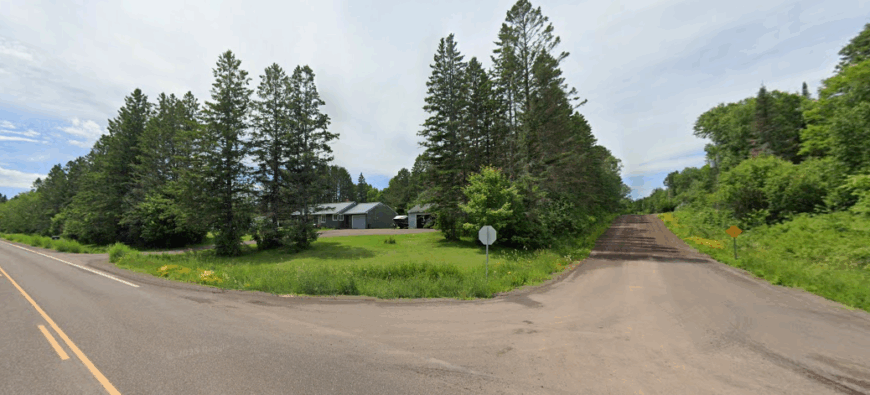
Where the river meets Lake Superior, Knife River feels like a small harbor town held gently between water and forest. Just off Highway 61 yet far quieter than its busier North Shore neighbors, it keeps an easy rhythm shaped by fishing boats, lapping waves, and the cry of gulls.
Once a commercial fishing hub, it still carries that heritage—charter boats line the marina, and a smoked fish shop greets travelers with the scent of alder wood. Visitors come to watch the salmon run upstream, walk the rocky shoreline, or follow the river’s winding course into the woods.
A few small businesses and seasonal events keep the community lively, but the lake always sets the tone. Mornings arrive with mist rolling over the water, and evenings close with sunsets that spill gold across the horizon. It’s the kind of place where life feels anchored, steady, and deeply tied to the water’s edge.
Where is Knife River?
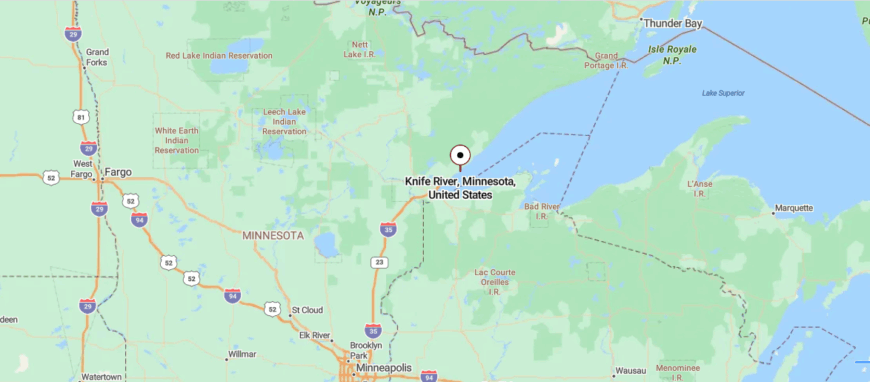
Knife River sits on Minnesota’s North Shore of Lake Superior, about 15 miles northeast of Duluth along Minnesota Highway 61. The drive there hugs the shoreline, offering wide water views and stretches of forest before reaching the small harbor town.
Its position between Duluth and Two Harbors keeps it accessible but still quiet, with the lake as its backdrop. It’s close enough for an easy visit, yet far enough to feel like a pause from the busier coast.
10. Taconite Harbor: Abandoned Beauty
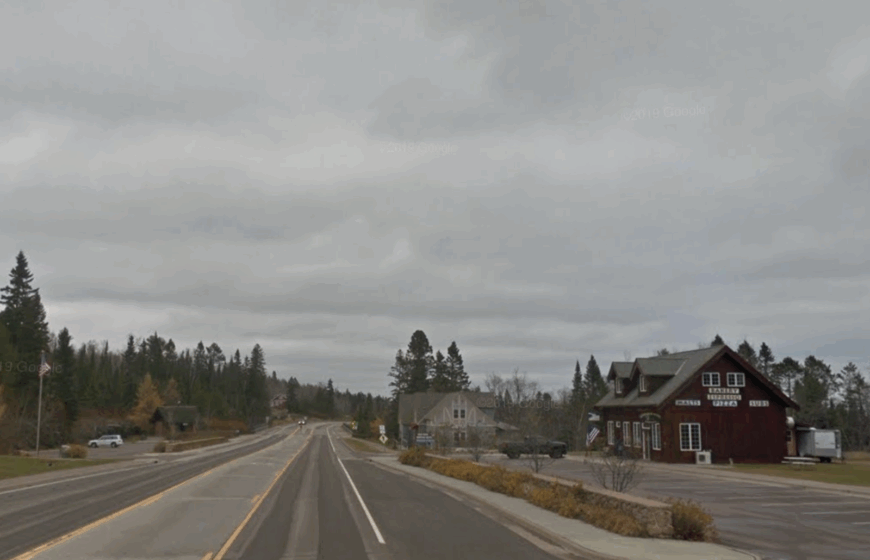
Taconite Harbor is an intriguing place with a very small population, as much of it has been abandoned and is slowly reverting back to nature. I find the eerie quiet of its open spaces both haunting and peaceful.
Once an industrial site bustling with activity, today it’s a spot where you can explore the remnants of its past, like the old docks and foundations, all set against the backdrop of Lake Superior. There’s not much in the way of industry anymore, which adds to its secluded feel.
What makes Taconite Harbor truly special is how nature is reclaiming the area, creating a unique landscape that combines history with the raw beauty of the North Shore. It’s a place where you can stand alone on a rocky beach and feel like you’re the only person for miles.
Where is Taconite Harbor?
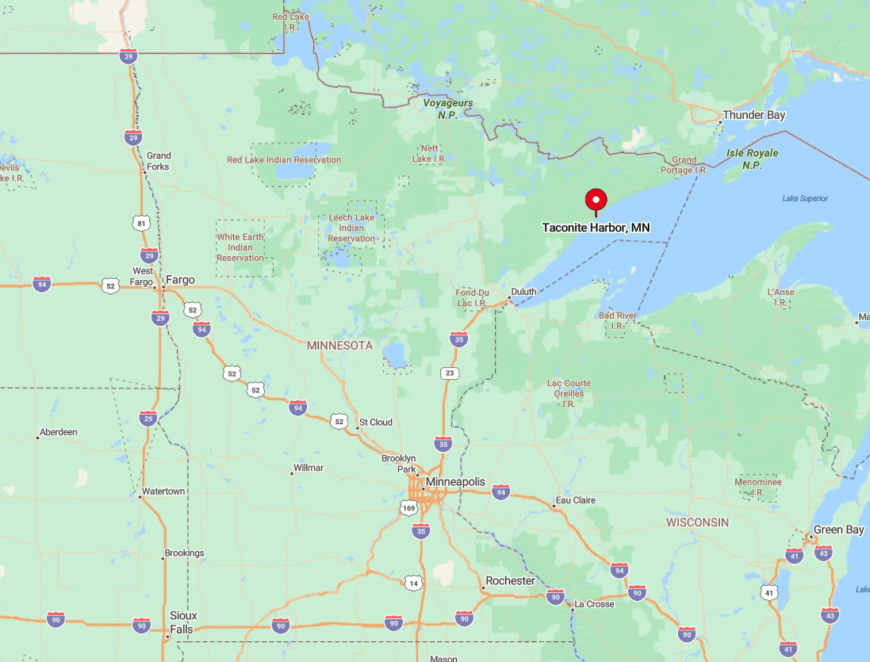
Taconite Harbor is located along the shore of Lake Superior, about midway between the towns of Silver Bay and Schroeder. This stretch of the North Shore is less traveled, which contributes to its seclusion. The town is accessible via Highway 61, but without any big signs pointing it out, you might drive right past it.
The lack of development and minimal urbanization make it feel isolated—a hidden spot even among locals. Getting there involves a scenic drive with stunning lake views, but once you arrive, you’ll find a quiet place that’s perfect for reflection.
9. Little Marais: Coastal Quietude
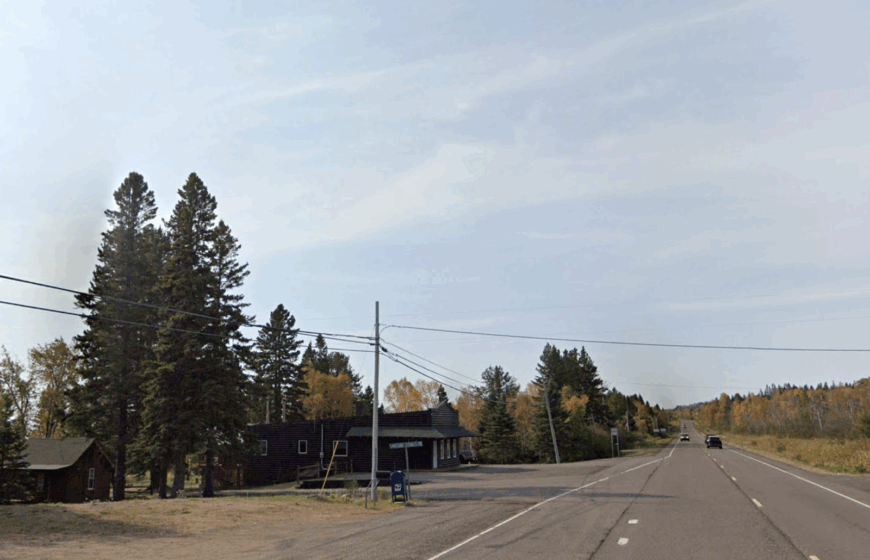
Little Marais is a tiny hamlet along the Lake Superior coastline, with a population that hovers around just a few dozen residents. I love how this town seems almost hidden, tucked away amidst towering pines and rocky shoreline.
There’s not much in the way of commercial activity here, which keeps it peaceful and uncrowded. You can spend your day beachcombing, hiking nearby trails, or simply enjoying the serene views of the lake.
The primary industry has traditionally been fishing and some tourism, but it’s minimal compared to other areas, preserving the town’s tranquility. What makes Little Marais truly secluded is its minimal development and the natural barriers that surround it, offering a sense of escape that’s hard to find elsewhere.
Where is Little Marais?
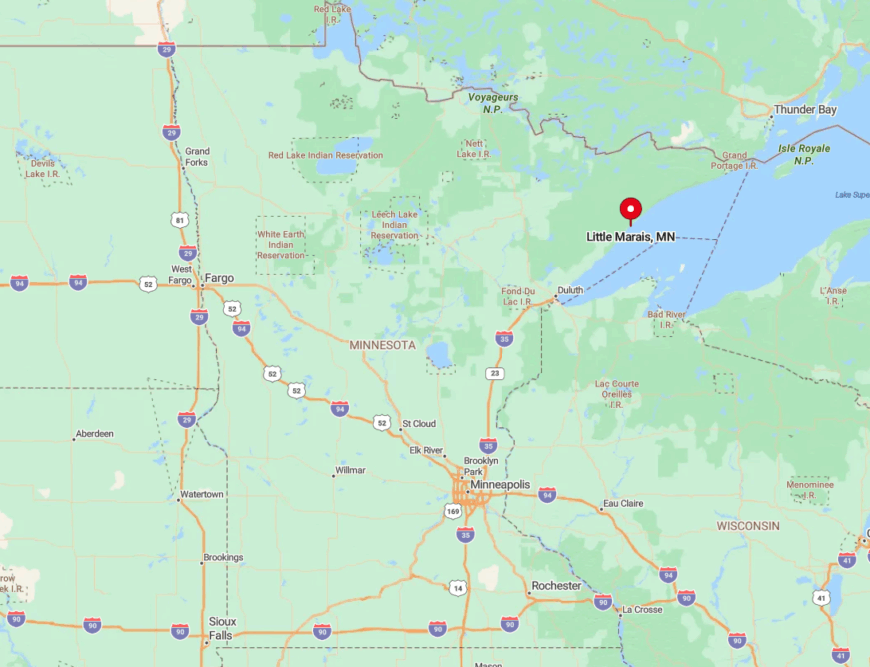
Situated along Highway 61 between Silver Bay and Schroeder, Little Marais is easy to miss if you’re not looking for it. The town is nestled right on the shoreline, with Lake Superior to the east and the dense forests of the Superior National Forest to the west. Its location away from major towns and cities adds to the feeling of seclusion.
To get there, you’ll drive along one of the most scenic routes in Minnesota, but the lack of large signs or attractions means it remains a quiet spot even during peak travel seasons. This isolation makes it a perfect retreat for those seeking peace and natural beauty.
8. Side Lake: Hidden Among the Waters
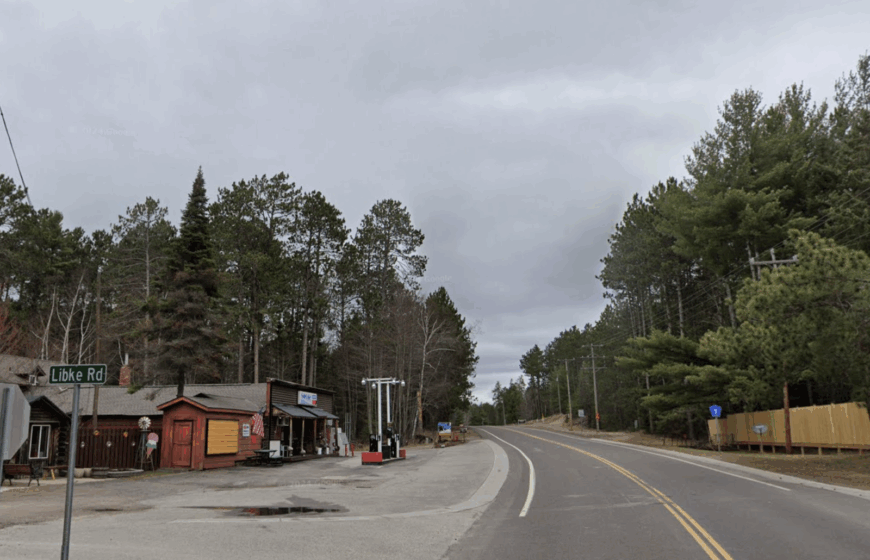
Side Lake is a serene area nestled among a chain of lakes and thick forests, with a population of around 500 people, though this number can vary with seasonal residents.
I find it a perfect spot for fishing, boating, and simply enjoying the tranquility of nature. The surrounding lakes offer endless opportunities for outdoor activities, and there’s a real sense of community among those who live here year-round.
The main industries are tourism and some local services, but they’re small-scale, which helps maintain the area’s peaceful atmosphere. Side Lake’s seclusion comes from its remote location and the dense woods that encircle it, making it feel like a world away from any crowded city.
Where is Side Lake?
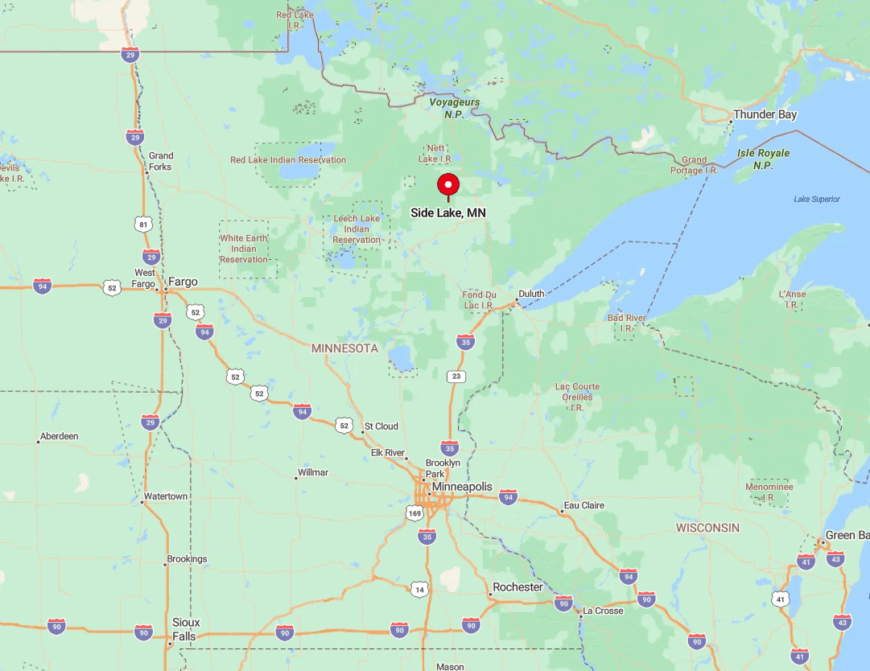
Side Lake is located in northeastern Minnesota, about 20 miles north of Hibbing. It’s set amidst a series of interconnected lakes, which contributes to its name and secluded feel. Getting there involves traveling along smaller highways and county roads, winding through forests that seem to go on forever.
The area’s remoteness is enhanced by the fact that it’s not on the way to anywhere else—it’s a destination in its own right. This makes Side Lake a hidden gem for those willing to venture off the main roads in search of solitude and natural beauty.
7. Kabetogama: Lakeside Peacefulness
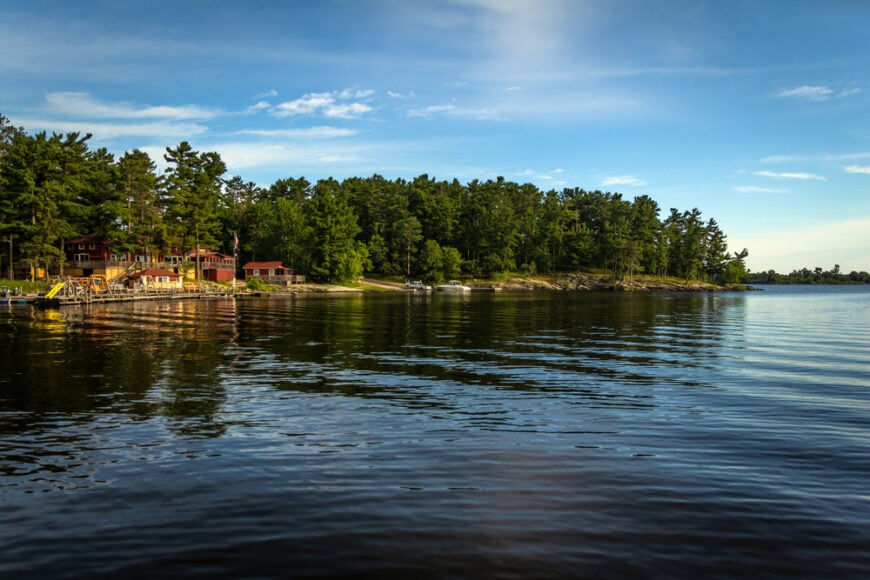
Kabetogama is a small community with a population of around 135 residents, situated along the shores of Lake Kabetogama. I adore its peaceful charm and the way the sprawling lakes and untouched forests create a secluded paradise.
The town is a gateway to Voyageurs National Park, so there’s plenty to do if you enjoy boating, fishing, or exploring the wilderness. The main industry here is tourism, but it’s low-key and centered around appreciating nature.
What makes Kabetogama secluded is its remote location and the vast expanses of water and forest that surround it, making it an ideal spot for those looking to escape into the great outdoors.
Where is Kabetogama?
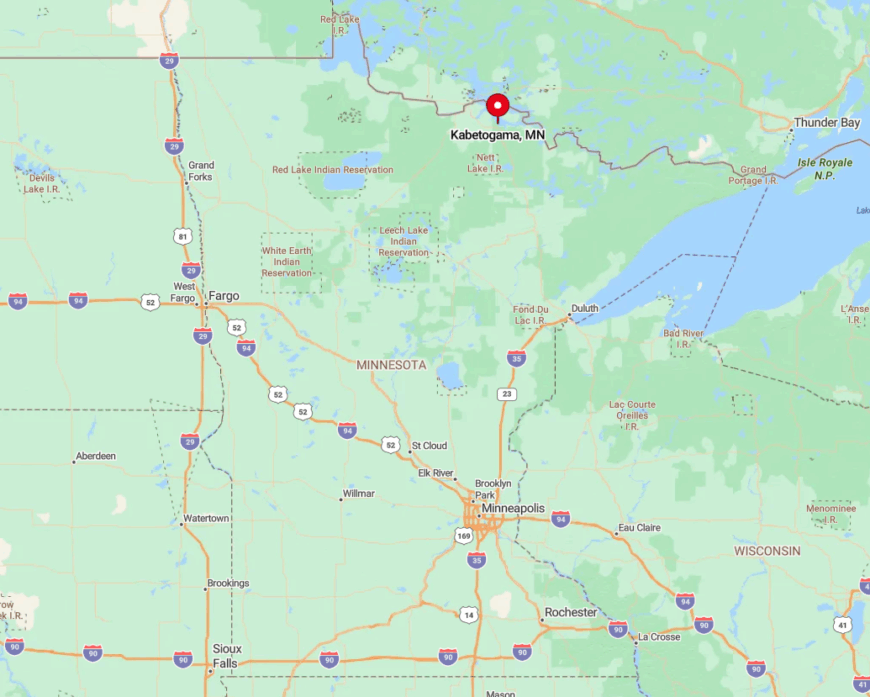
Kabetogama is located in St. Louis County in northern Minnesota, close to the Canadian border. It’s nestled within a labyrinth of lakes and waterways that make up Voyageurs National Park. To get there, you’ll travel north from International Falls along Highway 53 and then take County Road 122.
The area’s remoteness is accentuated by the miles of forest and water that separate it from larger towns. The journey itself feels like an adventure, and when you arrive, you’ll find a place where the natural world is left largely undisturbed, providing a true sense of seclusion.
6. Buyck: Seclusion Amidst the Pines
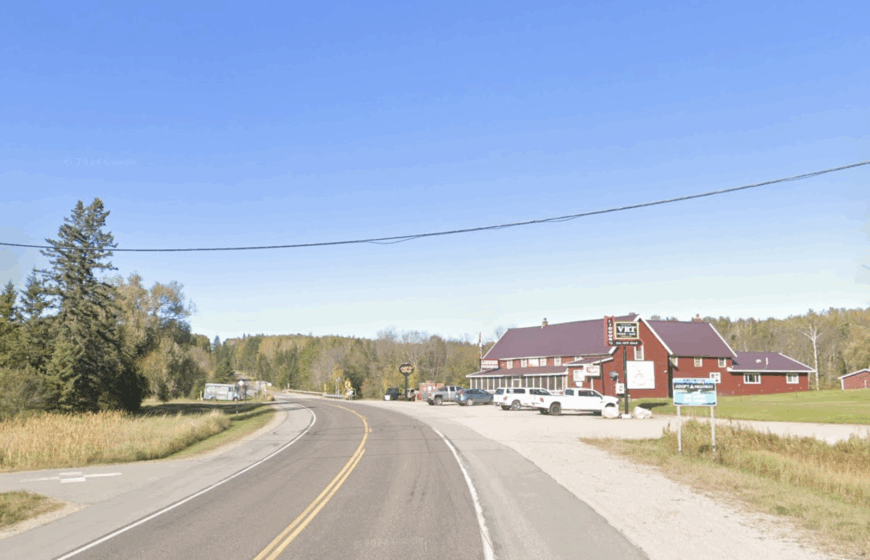
Buyck is a remote community deep within the pine forests of northeastern Minnesota, with a tiny population of just a few dozen people. I appreciate Buyck for its vast spaces and the true sense of escape it offers.
Outdoor enthusiasts can enjoy activities like fishing, hunting, and exploring the endless forests and nearby lakes. The town has minimal industry, mostly centered around small-scale tourism and local services.
Buyck’s seclusion is due to its location far from major highways and towns, enveloped by the Superior National Forest, making it a haven for those seeking solitude.
Where is Buyck?
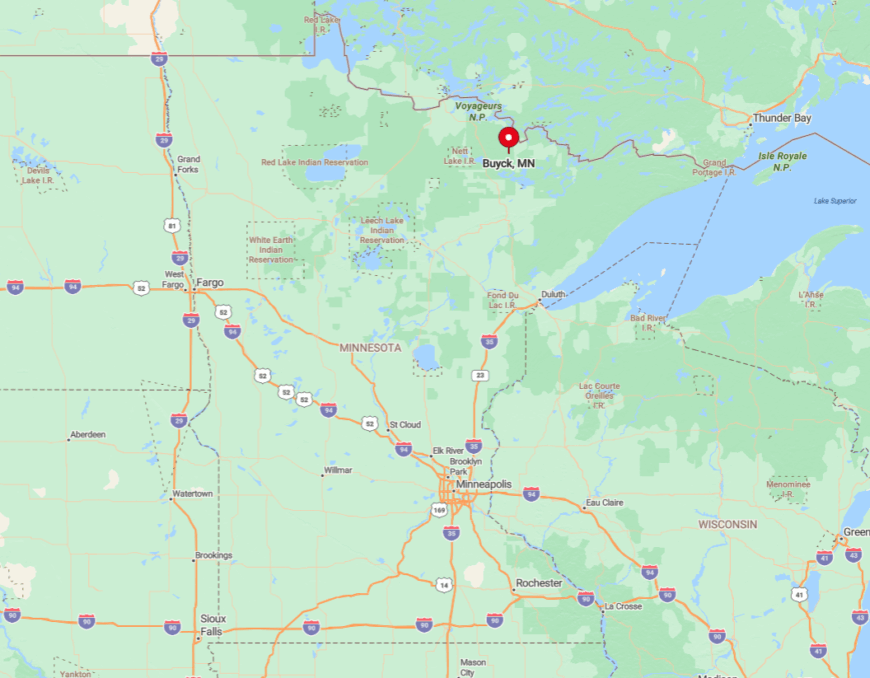
Located in St. Louis County, Buyck sits about 30 miles northeast of Orr, accessible via County Road 24. The town is off the beaten path, with the nearest significant roadways being miles away. The dense pine forests that surround Buyck enhance its isolation, where you can drive for miles without seeing another car.
Getting there involves navigating through winding forest roads, which adds to the feeling that you’ve truly left the bustle of modern life behind. Buyck’s remote setting makes it a perfect spot for immersing oneself in nature.
5. Tofte: Serenity on the Shore
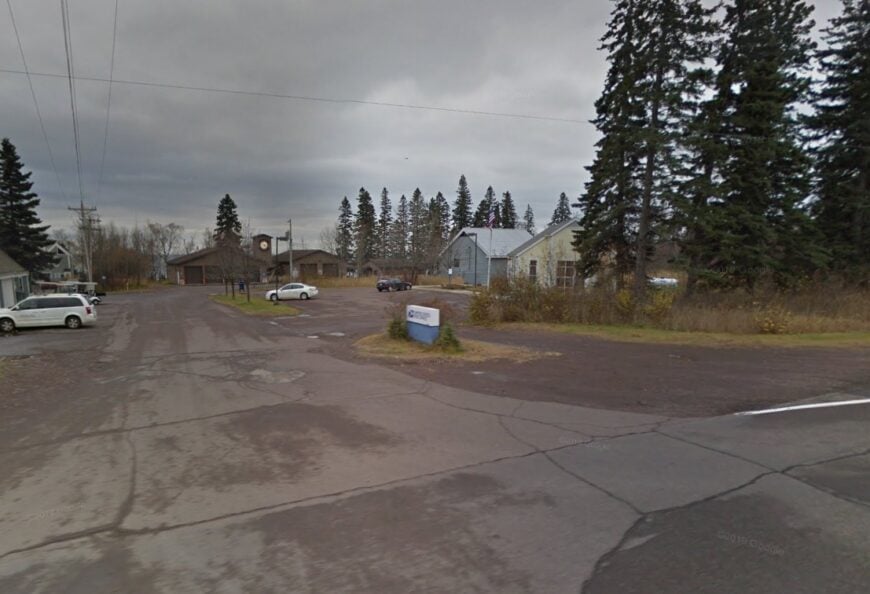
Tofte is a tranquil township along Lake Superior with a population of around 225 people. I enjoy visiting Tofte for its combination of serene natural beauty and friendly locals.
The town offers access to the Superior Hiking Trail, and there are plenty of opportunities for kayaking, fishing, and exploring the rugged shoreline. The primary industries are tourism and small businesses that cater to visitors and residents alike.
Tofte feels secluded due to its expansive natural barriers—the vast lake to one side and dense forests to the other—and its sparse population keeps it peaceful even during peak seasons.
Where is Tofte?
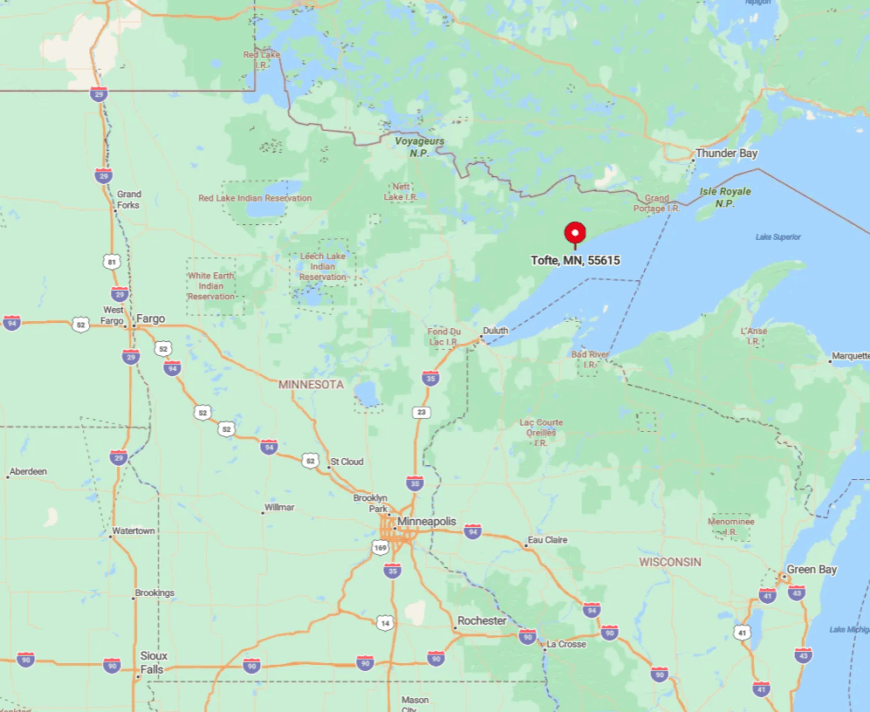
Tofte is located on Highway 61, about 85 miles northeast of Duluth. Despite its location along a well-traveled route, Tofte maintains a quiet atmosphere, as it’s spread out along the shoreline with much of the surrounding area undeveloped.
The town is nestled between the lake and the Sawtooth Mountains, which adds to its secluded feel. Getting there is as simple as following the North Shore’s scenic highway, but once you arrive, the pace slows down, and the natural surroundings take over, offering a respite from the hustle and bustle.
4. Finland: Rustic Retreat in the North Woods
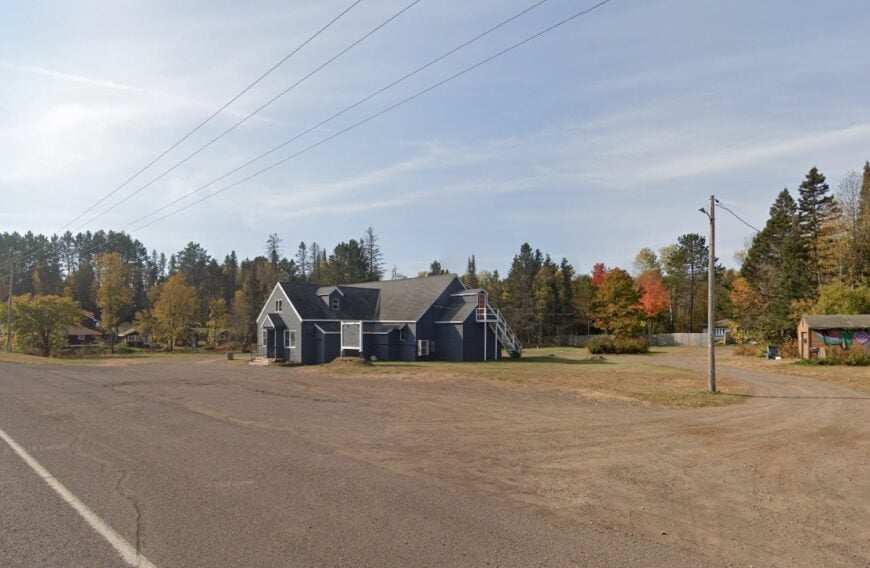
Finland, Minnesota, is a rural haven with a population of about 200 residents. I find its rolling hills and dense woods provide a peaceful backdrop that feels worlds away from urban life. Activities here revolve around the outdoors—hiking, snowmobiling, and exploring nearby state parks like Tettegouche.
The town has a small community of artisans and local businesses, but the economy is modest. Finland’s seclusion comes from its location deep within the North Woods and a lack of significant development, making it a rustic retreat that’s perfect for unwinding.
Where is Finland?
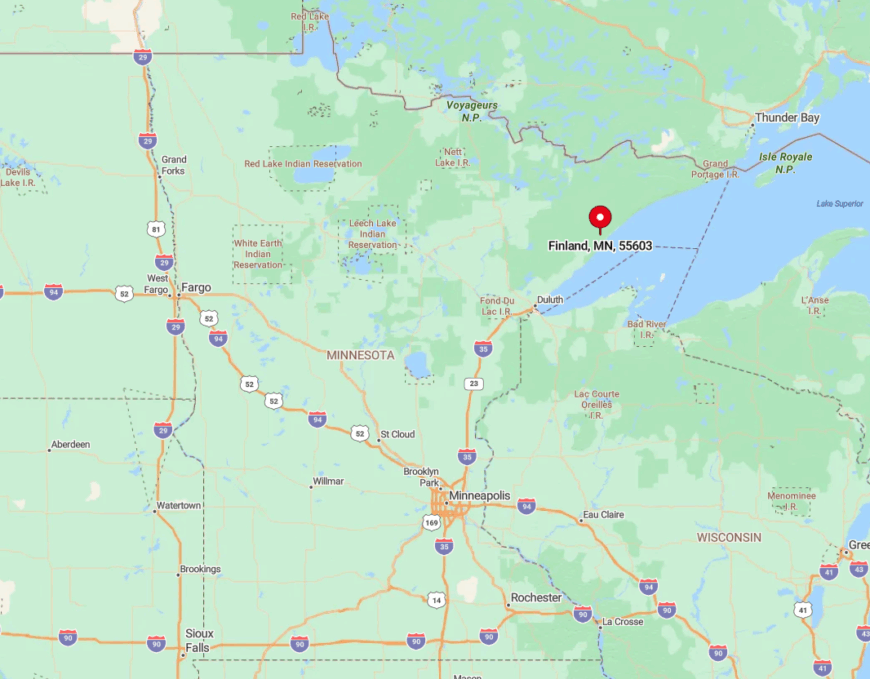
Finland is situated inland from Lake Superior, about six miles north of Silver Bay on Minnesota State Highway 1. The town is surrounded by the Superior National Forest, which adds to its remote feel.
Accessing Finland means leaving behind the main highways and venturing onto smaller, winding roads that lead deeper into the wilderness. The distance from major towns and the enveloping forest make it feel like a hidden gem within the rugged landscape of northeastern Minnesota.
3. Crane Lake: Gateway to Boundless Nature
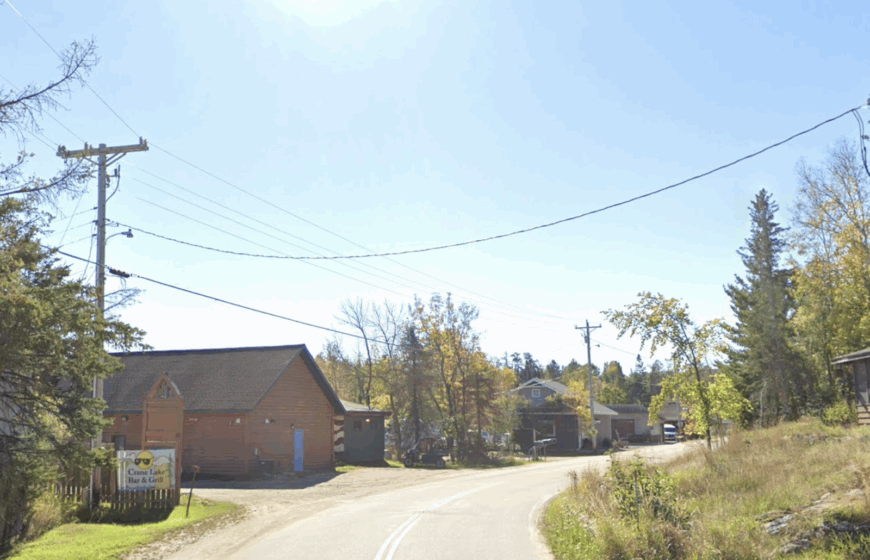
Crane Lake is a small settlement with about 80 permanent residents, surrounded by vast lakes and forests. I love how it’s a perfect jumping-off point for adventures into the Boundary Waters Canoe Area Wilderness and Voyageurs National Park.
Boating, fishing, and wildlife watching are the main activities, and the community is tightly knit and welcoming.
Tourism is the primary industry, but the scale is such that it doesn’t compromise the town’s tranquility. Crane Lake’s seclusion stems from its remote location and the expansive wilderness that envelops it, making it a true escape for nature lovers.
Where is Crane Lake?
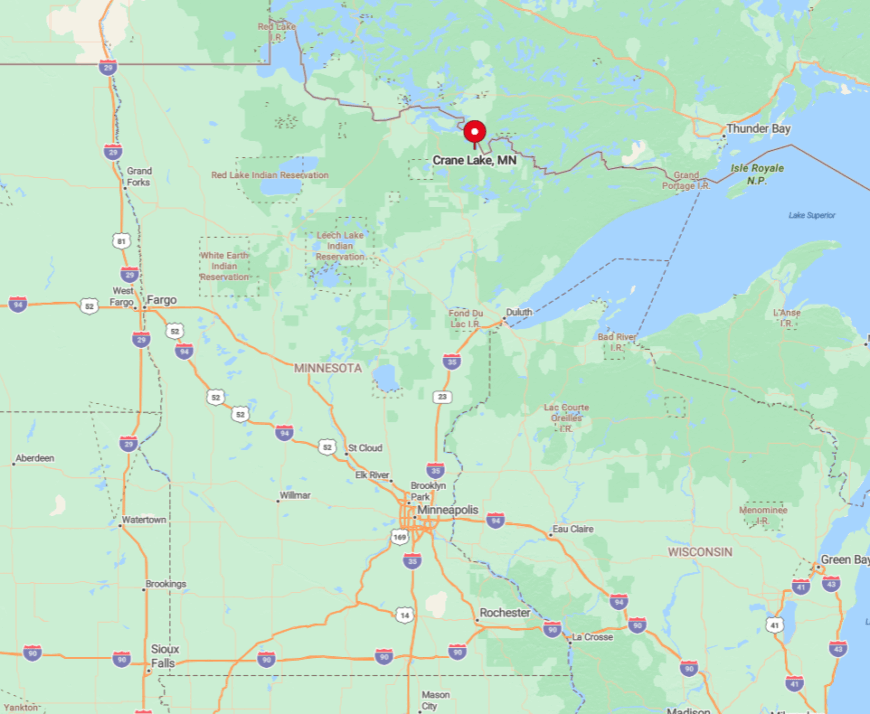
Located in northern St. Louis County near the Canadian border, Crane Lake is at the end of County Road 24, beyond Buyck. Getting there requires a deliberate journey through miles of forested roads, which heightens the sense of isolation.
The town sits on the edge of Crane Lake itself, with waterways extending into vast wilderness areas. The remoteness and the intricate network of lakes and forests make Crane Lake feel like a frontier outpost, perfect for those seeking solitude and unspoiled nature.
2. Isabella: Wilderness and Solitude
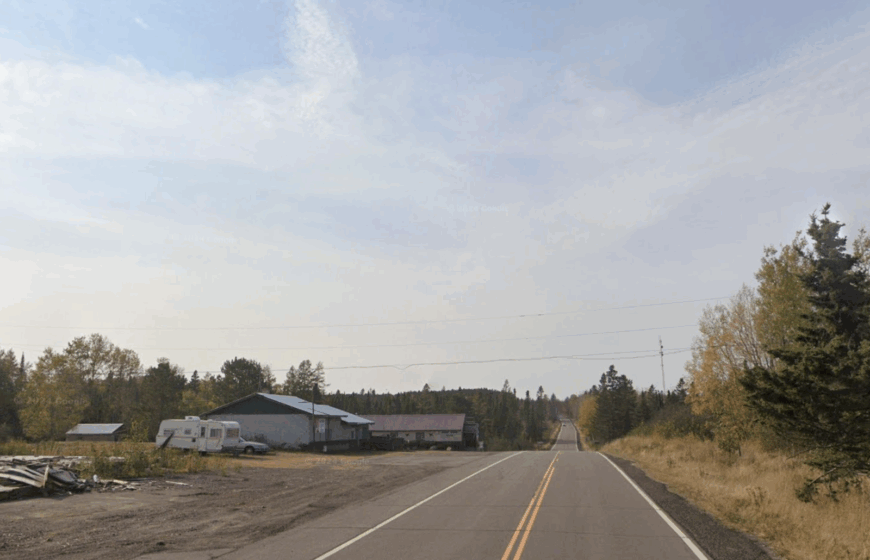
Isabella is a tiny town with a population of around 25 people, enveloped by the Superior National Forest. I find its remote charm irresistible, offering solitude amidst untouched natural landscapes. Outdoor enthusiasts can enjoy hiking, camping, and exploring the nearby Boundary Waters Canoe Area Wilderness.
With no significant industry apart from some logging and small-scale tourism, Isabella remains quiet and undeveloped. Its seclusion comes from its deep forest location and minimal human footprint, making it an ideal spot for those who truly want to get away from it all.
Where is Isabella?
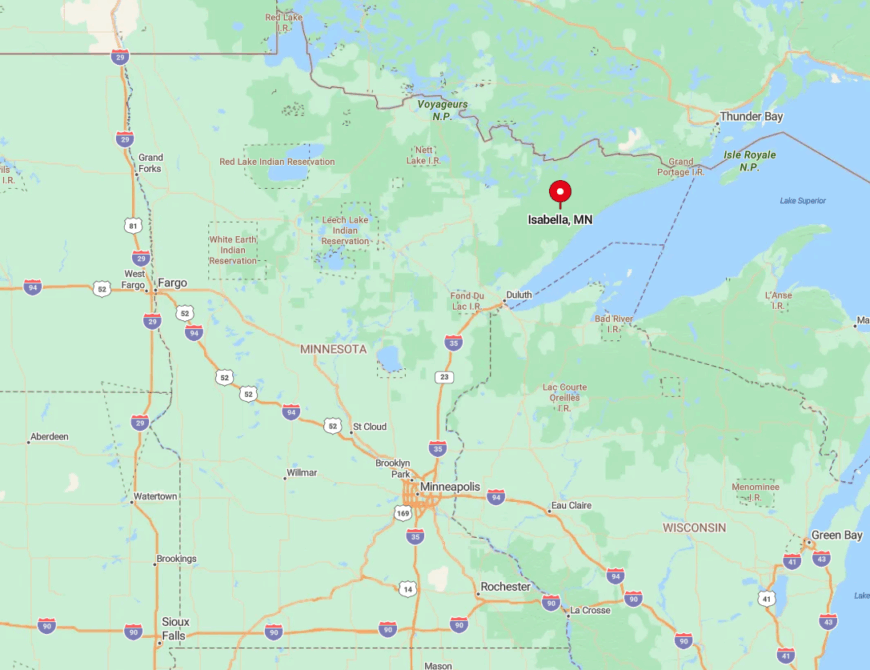
Isabella is located along Minnesota State Highway 1, about 40 miles northeast of Ely. The town is surrounded by vast stretches of forest and few neighboring communities, enhancing its isolated feel.
Accessing Isabella involves traveling through miles of scenic but sparsely populated areas. The lack of cell service and limited amenities adds to the sense of stepping back in time. For me, the journey to Isabella is part of the experience, leading to a place where wilderness dominates the landscape.
1. Hovland: A Hidden Gem Along Lake Superior
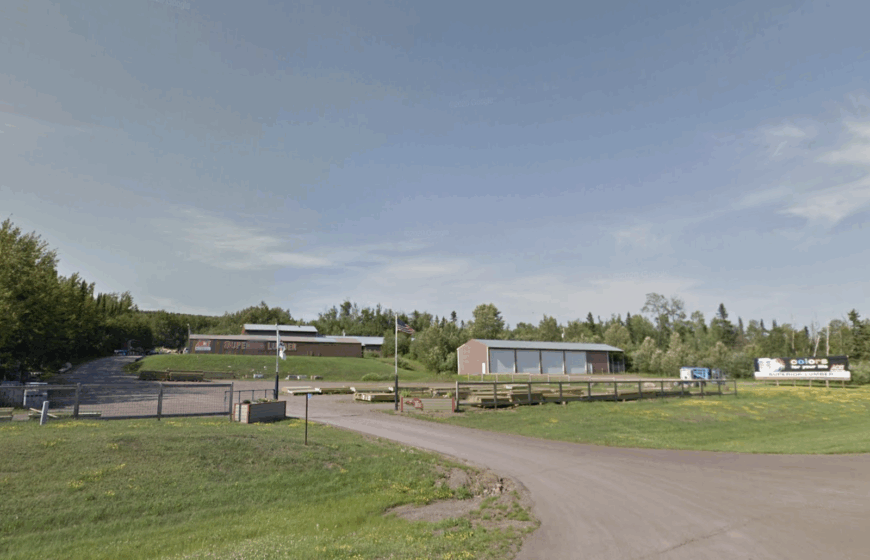
Hovland is a secluded community nestled between dense forests and the rugged shores of Lake Superior, with a population of around 100 people. I’m captivated by its tranquil beauty and the sense that it’s far removed from urban life.
Activities include visiting the picturesque Kadunce River, hiking the Superior Hiking Trail, and exploring artist studios tucked away in the woods. There’s no significant industry here, which keeps the area pristine.
What makes Hovland truly secluded is its remote location along a less-traveled stretch of the North Shore and the surrounding natural barriers that create a peaceful enclave.
Where is Hovland?
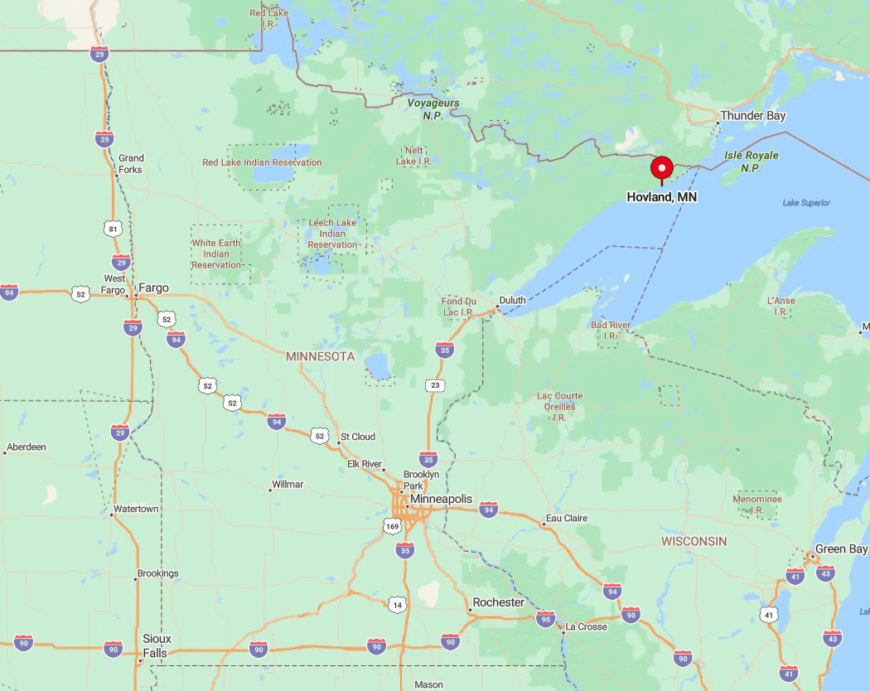
Hovland is located along Highway 61, about 20 miles northeast of Grand Marais and close to the Canadian border. The town’s remote setting is enhanced by the miles of forest and the vast expanse of Lake Superior.
Getting there involves a scenic drive along the shoreline, with fewer towns and traffic the further you go. The isolation is palpable, and when I reach Hovland, I feel like I’ve discovered a hidden gem. The lack of commercialization and the embrace of nature make it a perfect spot for those seeking solitude and unspoiled beauty.

